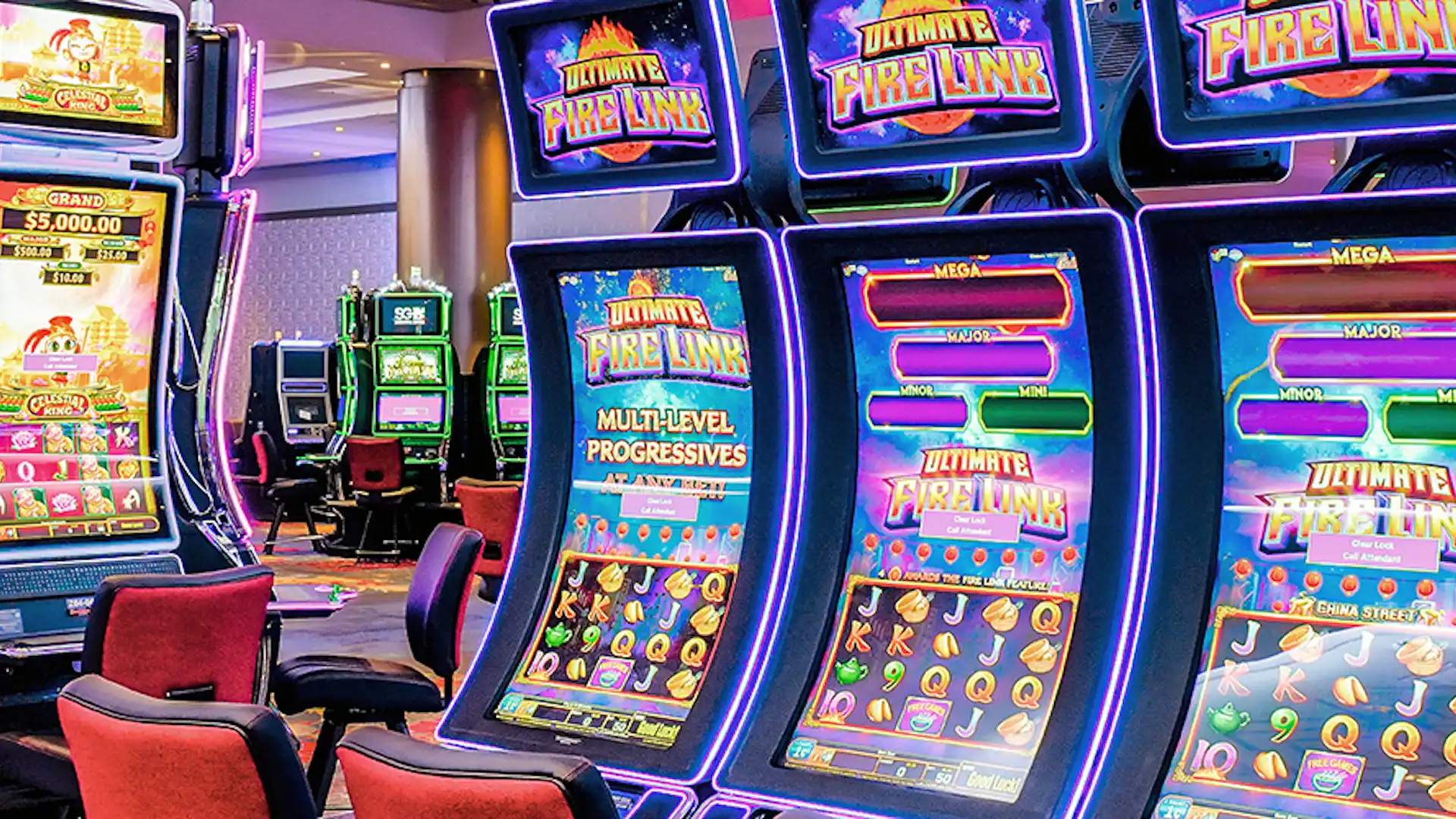The fascinating Psychological principles That drives Gambling Game Design
Gambling games have long captivated human interest, drawing participants into a universe filled with luck, strategy, and the allure of adventure. Each game is painstakingly crafted not just for entertainment, but also to evoke targeted emotional responses that keep gamblers involved and interested. bắn cá mmlive Understanding the motivations behind these designs reveals much about how human psychology plays a crucial role in the gaming experience.
From the vivid lights and lively sounds to the sophisticated layering of guidelines and incentives, casino games are designed to create an atmosphere of excitement and anticipation. Game designers leverage mental cues to influence player behavior, whether through the use of big prizes, near-miss scenarios, or community engagement. By examining these elements, we can better appreciate how casino games fulfill not just a want for entertainment, but more profound psychological needs for thrill and uncertainty.
Comprehending Gamer Behavior
Casino games are designed with a deep grasp of gamer psychology, which is essential for luring and retaining players. The rush of the game, combined with the anticipation of winning, produces a formidable allure. Game designers employ elements like sonic elements, dynamic graphics, and engaging gameplay to engage attention and evoke emotional responses. These sensory experiences enhance the total environment, making players feel more attached in the game.
Another important aspect of player behavior is the idea of risk versus reward. Casino games often weigh high-risk scenarios with the potential for substantial rewards, which can result in the phenomenon known as near-miss experience. When players come close to winning, the brain produces dopamine, strengthening their behavior and prompting them to keep playing in pursuit of that fleeting win. This cycle of hope and frustration plays a critical role in how games are constructed and promoted.
Lastly, social factors also play a pivotal role in player behavior at casinos. Many games are made to be played in teams or alongside other players, nurturing a sense of community and shared experience. The interaction inherent in games like poker enhances enjoyment and can culminate in extended gameplay. Designers take advantage on this by creating environments that encourage players to remain, connect, and return, making the overall casino experience more appealing.

The Role of Imagery and Audio
Visuals and audio play a vital role in enhancing the gambler’s experience within gambling games. Designers utilize vibrant colors, eye-catching graphics, and captivating animations to attract gambler’s attention and hold their focus. The use of themes, such as exploration or luxury, helps create an immersive atmosphere that transports players into a different world. By appealing to the senses, these elements add to a intensified emotional response, prompting players to engage more deeply with the games.
Sound design is just as important in enhancing the experience of casino games. The combination of ambient music, audio effects for winning combinations, and environmental noises creates an auditory landscape that holds players fascinated. Sounds associated with wins, such as ringing bells or celebratory music, evoke feelings of excitement and satisfaction, prompting players to continue playing. These audio cues are strategically placed to enhance the thrill of the game and create a more engaging experience.
Additionally, the synchronization of imagery and audio is important for supporting the game’s overall concept and mood. Each element should coordinate seamlessly to create a cohesive experience that pulls players in. The effective use of this integration not only improves user satisfaction but also increases the chances of return play, as players become more engaged in the immersive world that the gambling games offer. This thoughtful integration of visuals and audio ultimately enhances player engagement and commitment.
Incentive Systems and Participation
The creation of gambling experiences significantly depends on incentive structures to keep participants engaged and returning for more. These systems are rooted in psychological principles that exploit human behavior and desire. Participants are often motivated by the thrill of winning, which is supported by instant feedback through the game’s design. This instant gratification not only improves the gaming experience but also fosters a sense of achievement, prompting participants to continue participating in hopes of bigger rewards.
Gaming establishments adopt various reward structures, such as jackpots, extra rewards, and multipliers, to captivate participants. These elements create a level of thrill that maintains engagement. Additionally, the unpredictability of outcomes plays a significant role in sustaining interest. The variable reward system, where wins are unpredictable but happen often enough, maintains players on edge and motivated to keep playing. This cycle of anticipation and anticipation is foundational to the effectiveness of casino games.
Moreover, social elements, such as competitive events and multiplayer features, boost the participation factor by leveraging the desire to compete of players. The shared experience of playing with fellow participants can amplify the excitement of success and create a sense of community within the casino. By integrating these social dynamics with effective incentive structures, casino games don’t just offer fun but also nurture a stronger bond among participants, reinforcing their loyalty to the overall experience.